I mentioned earlier that I was starting:
a new project called “The startup guide: how to create and manage profitable web products”. It’s a blog that will eventually become a book where I’ll explain how to create and manage a web product with a profit.
Well, I finished writing the book which is called “The Startup Guide: how startups and established companies can create and manage profitable web products“. The book is focused on how any type of company – no matter if it’s a startup or an established company – can create and profitably manage a web software. All it’s content is available at the “Guia da Startup” blog. It’s currently in Portuguese so it’s a good opportunity for you to practice reading in a new language. If you are not up-to-date with your Portuguese skills, there’s the option of using Google Translate but some meaning may be lost in translation. For these reason I intend to translate the content into English eventually.
One of the most popular posts from this blog is about the reasons to make fast the first version of your product. Why do we need to make an MVP? Why not wait to have the product with more features to launch it? Herb Kelleher, co-founder and former CEO of Southwest Airlines has a famous phrase to motivate people to do things:
“We have a ‘strategic plan.’ It’s called doing things.”
This “strategic plan” can be translated into the #jfdi hashtag which means something in the lines of “just focus and do it” or “just freakin’ do it” (polite form).
But why the hurry? Why can’t we keep working on our product until we feel comfortable it has all the features we believe are needed to solve the user’s problem?
Well, there are 3 main reasons:
Reason #1: The moment of truth!
The longer you take to put your product in front of real users, the longer you take to start getting feedback from real people to know if you’re on the right track. And what’s even worse, you’ll probably be giving too many steps in the wrong direction.
A software is supposed to solve a certain problem of its users. You will not know if you have built a good product until the product is used by real users and it actually solves one of their problems. The longer it takes for this to happen, the longer it will take for you to know if your product is or is not the solution for someone’s problem.
And if it is not, what should you do? Change, adapt and present it again to real users! The sooner you know that what you’re developing is not on track, the better, because you’ll have spent less time, energy and money moving into the wrong direction.
Reason #2: Featuritis
There’s a limit to the number of features an user can understand. When we present a software full of features to a potential user, instead of providing her with a possible solution to one of her problems, we may end up creating a new problem for her. Kathy Sierra, a well known software development and user experience instructor, designed the Featuritis Curve that illustrates in a clear and fun way how user satisfaction diminishes as we increase the number of features of a product.

Reason #3: ROI
The longer you take to put your product in front of real users, the longer it will take for you get some revenue and the longer you’ll have to invest from your own money or investor’s money. Below is a typical return on investment chart. While you don’t launch your product and don’t have revenue, all you’ll have are costs, i.e., you’ll be in the investment phase of the curve below. This situation will only change when you get some revenue and this revenue pays your monthly costs. This is the monthly profitability phase in the chart. Only after a few months in the monthly profitability phase you’ll be able to get to the return on investment phase. It’s a long way:
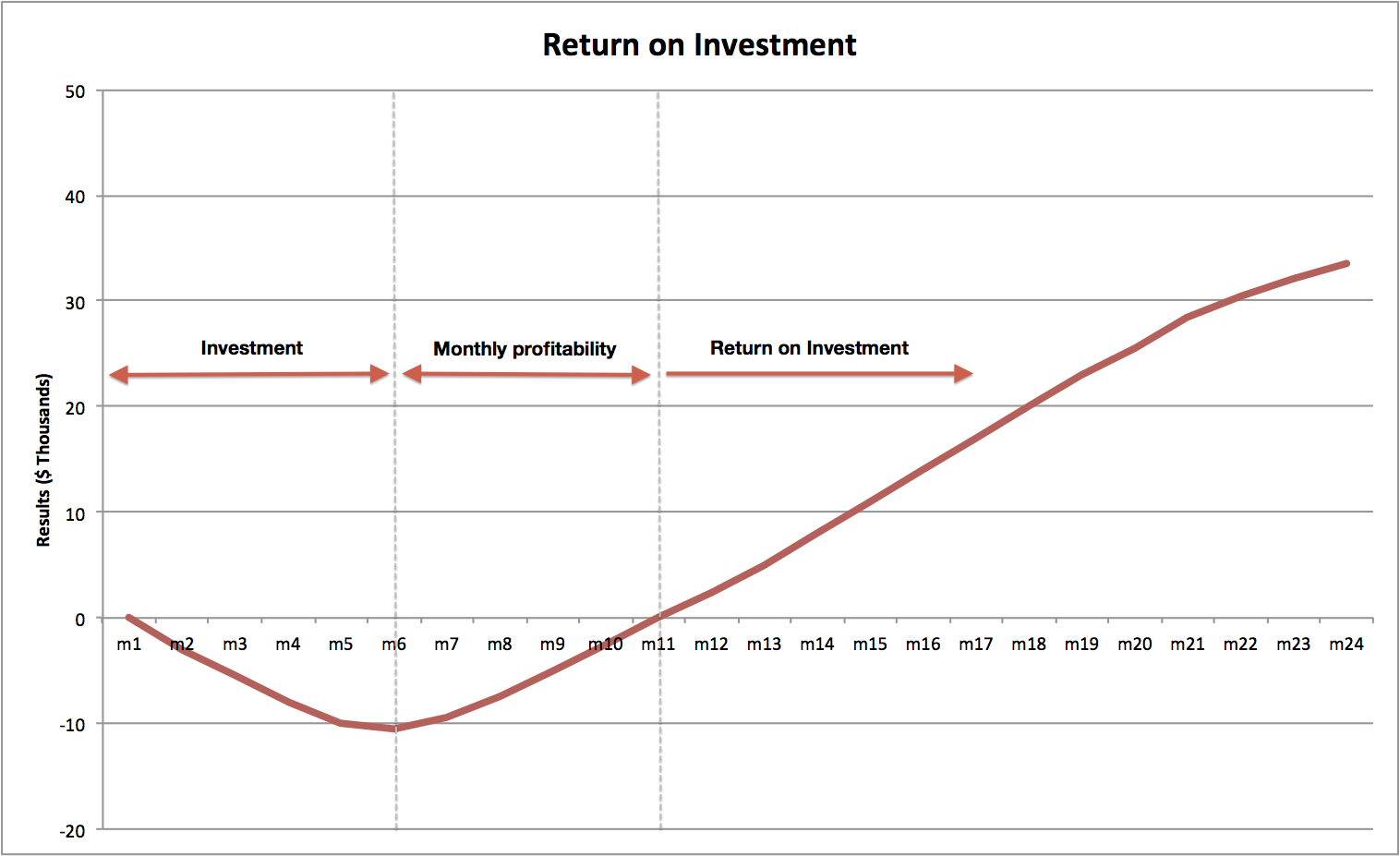
Now take a look at the chart below. If you decide to delay your launch in 3 months, this can delay your return on investment in 6 months! Are the features that you intend to implement in those 3 months you are delaying the product launch worth the 6 months delay to get to the return on investment phase?
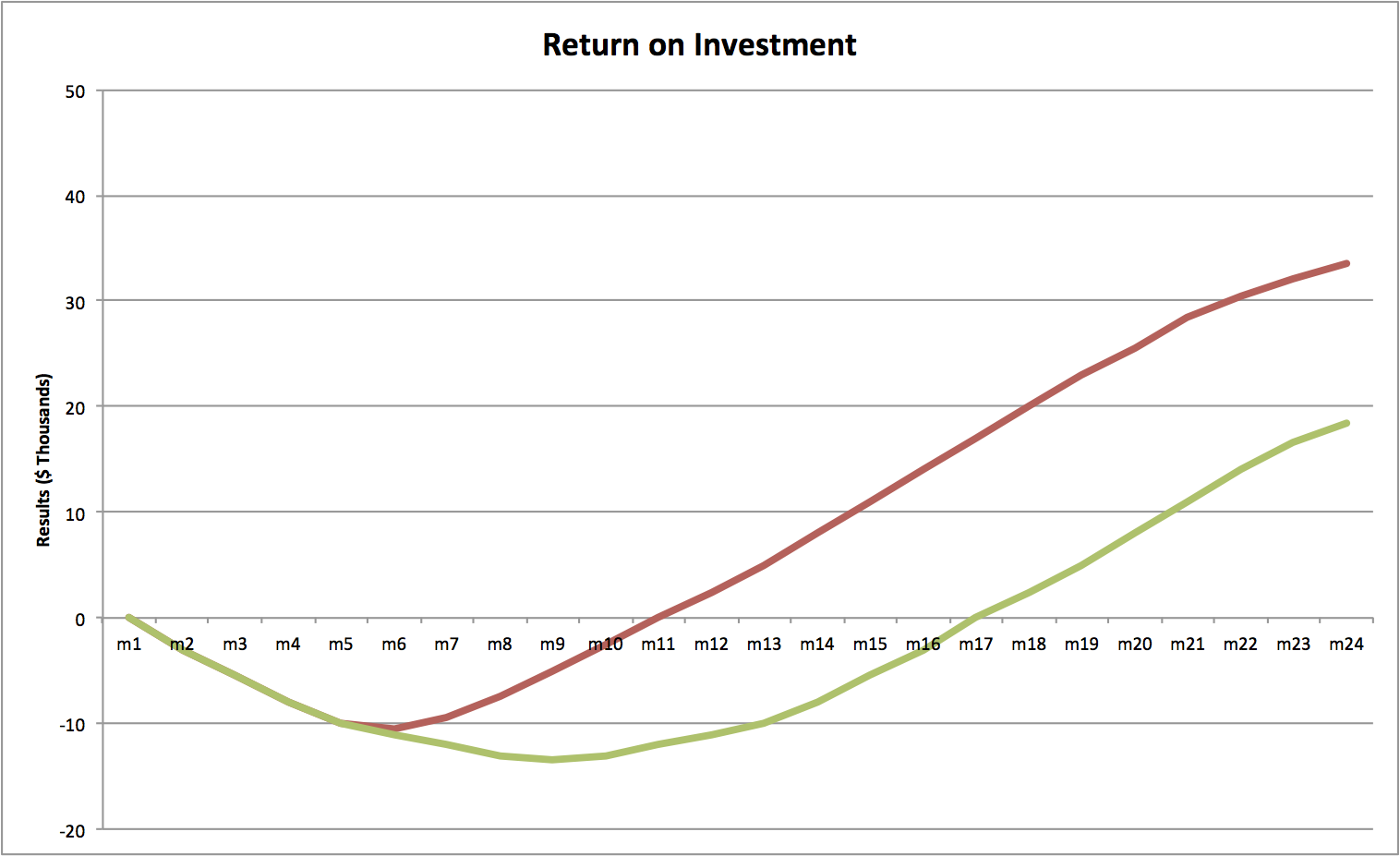
On the other hand, if you are able to launch 3 months sooner than what’s described in the first chart, you’ll get into the return on investment phase 6 months sooner. Isn’t that worth figuring out how to launch your product faster?
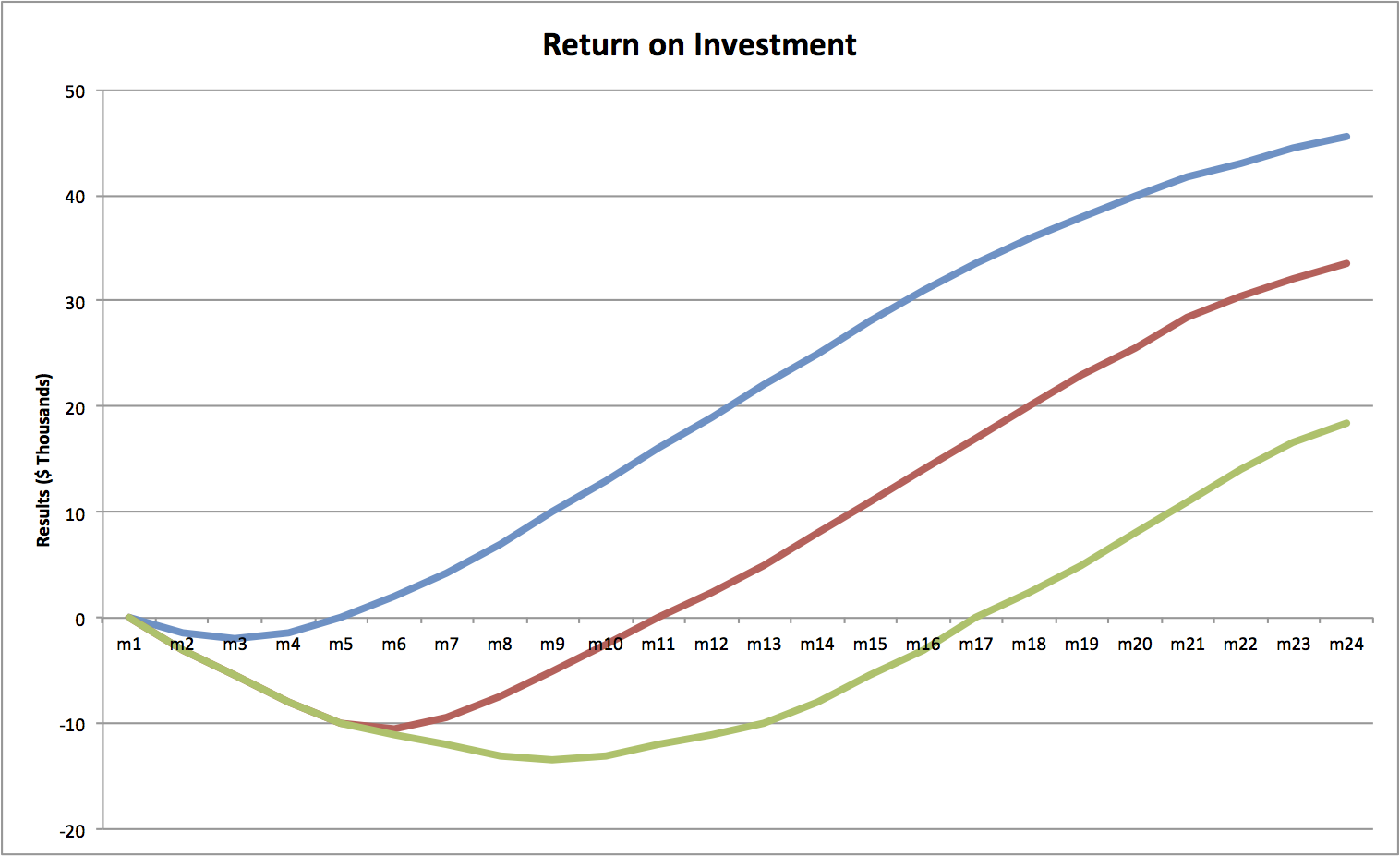
If you’re not embarrassed…
There is a famous quote by Reid Hoffman, founder of LinkedIn, which really resonates with the MVP concept:
“If you are not embarrassed by the first version of your product, you’ve launched too late.”
To illustrate this quote, here are some print screens of early versions of well known software products:
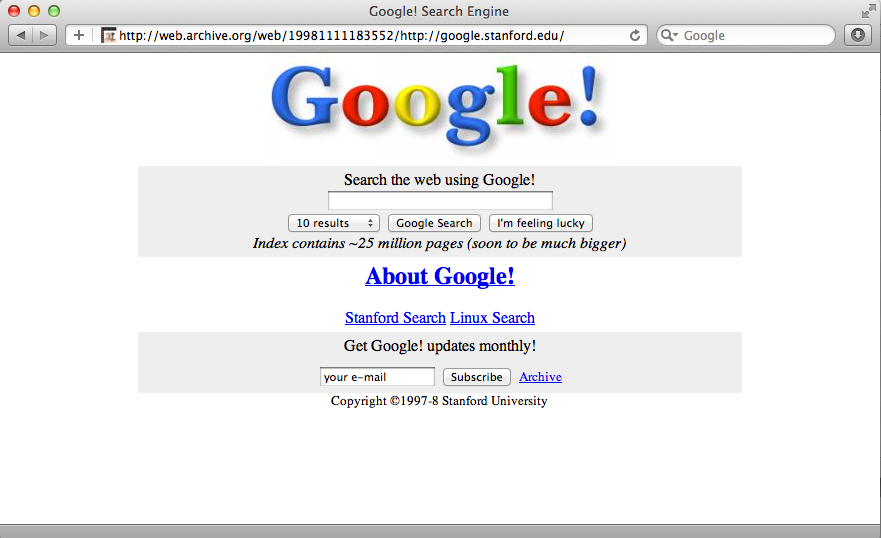
Google in 1998
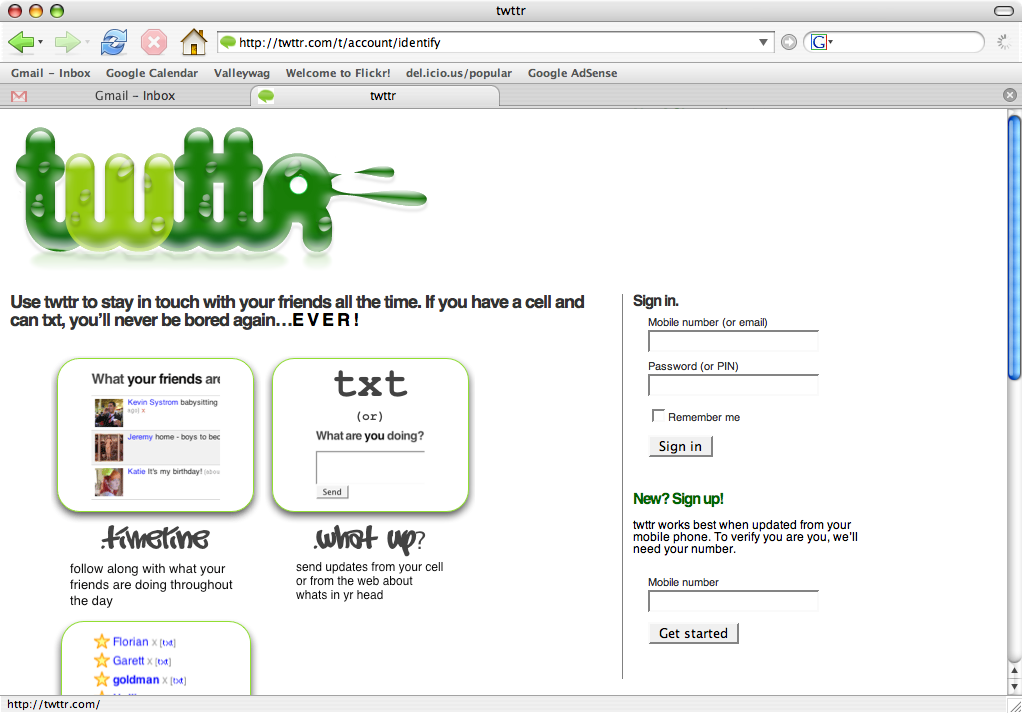
Twitter in 2006
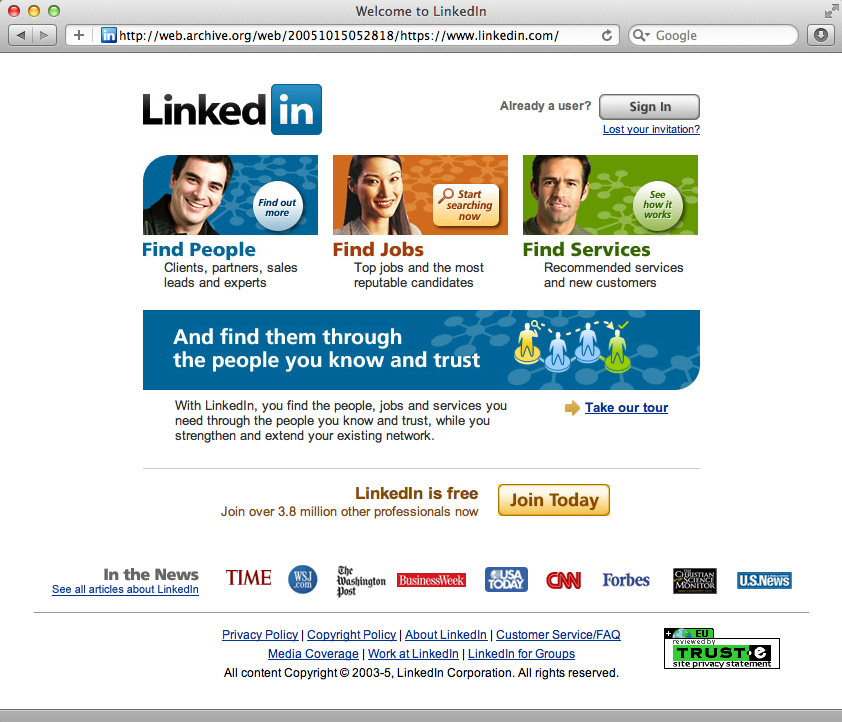
Linkedin in 2005
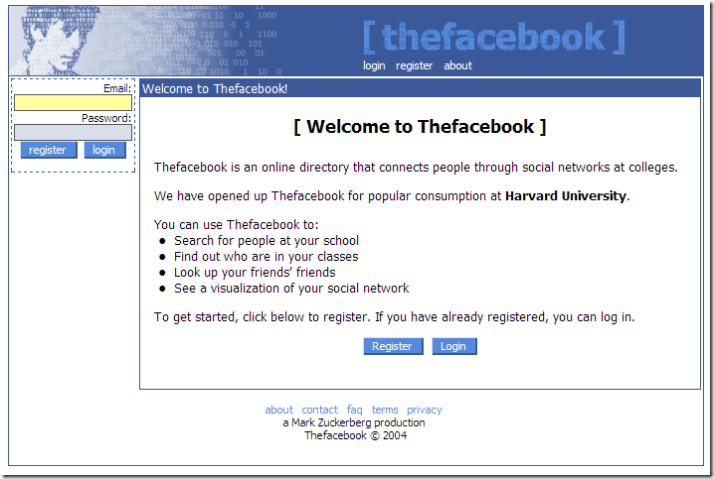
Facebook login screen in 2005
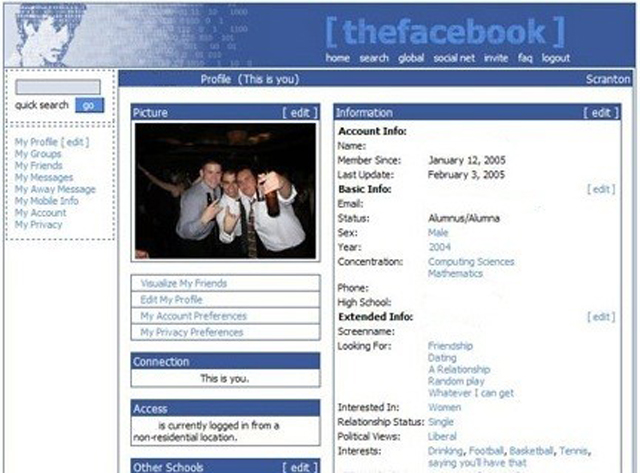
Facebook in 2005
Next post
Last year I decided to run a lean startup experiment. Would it be possible to build a software and market it without using Locaweb’s marketing power? The result of this experiment is a calorie counter web product with more than 17,000 registered users in less than one year of operation. In my next post I’ll explain how I built the first version of this product in 10 days.
